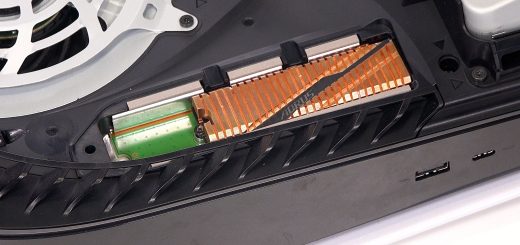Crysis Remastered on Switch: yes, a handheld really can run Crysis
Can it run Crysis? It’s been 13 years since Crytek’s epoch-making release hit the market – and in some respects it’s capable of monstering modern day PC hardware. But now, the game is playable on a handheld console using a mobile processor with power consumption that barely troubles a watt meter. So just how good is the port? How does it compare to the sub-optimal last-gen versions and can it possibly match up to the original experience?
Much has been made of the leaked material for Crysis Remastered – with negative fan reaction causing Crytek to hold the game back for further tooling. However, the Switch version arrives on the original July 23rd release date and just from the first ten minutes of play, it’s easy to see why. Based on the code available, and the sheer complexity of Crysis’ systems, it’s difficult to imagine a port that’s anything better than what has been delivered here. It’s not without its faults, but Crysis has been expertly retooled to scale graphically to the console hybrid – and it pushes Switch’s ARM Cortex A57s to breaking point. It’s a remarkable, fascinating port, but not without issues and strictly speaking not complete – the Ascension mission that’s missing from the PS3 and Xbox 360 ports is still MIA here.
Let’s start with the basics in taking a look at what Crytek and developer partner Saber Interactive delivered. On Switch, Crysis Remastered uses dynamic resolution with temporal upscaling. Pixel counts suggest that 720p is the average resolution you’ll experience during gameplay. In busy situations I counted resolutions such as 540p and even lower but this isn’t especially common especially in docked mode. The resolution is capped at 720p in portable, of course, but can also jump slightly above this when docked. Based on information from the developer, the full dynamic resolution scaling range is 540p to 900p while docked, dropping to 400p to 720p in mobile configuration, where Crytek leans into the 460MHz ‘power’ GPU mode (up from the typical 384MHz used in most Switch games). The main takeaway is that image quality isn’t bad – it’s not pristine, but it’s significantly better than the heavily blurred presentations seen in the likes of the id Tech 6 ports, The Witcher 3 and Warframe.
There are some noticeable omissions to the visual feature set (this is essentially a mobile port after all) – there’s a reduction in geometry on elements like the nanosuit, an elimination of ray-marched volumetric light sources and parallax occlusion mapping, but there are dramatic upgrades too. We understand that the Xbox 360 and PlayStation 3 CryEngine 3 ports are the foundation on which Crysis Remastered is based, but side-by-side, it’s clear that the Switch version looks significantly better in some respects. The first major shift stems from lighting: on the surface there are tweaks made to the time of day compared to the original game, along with the introduction of image-based lighting which helps with material quality – especially indirectly lit metals and plastics. However, the most significant and surprising addition here is sparse voxel-based global illumination, also known as SVOGI.
Essentially, global illumination is typically precalculated or ‘baked’ on most games. Instead, SVOGI delivers a real-time global illumination system that offers both ambient occlusion and indirect light bounce, delivering a standard of realism that easily eclipses the last-gen ports and indeed the lighting found in the PC original. It’s surprising to see this on Switch but as I understand it, SVOGI is highly scalable. According to the team responsible for its conversion, this implementation of the systems runs at a very low resolution on Switch but the primary optimisation work centered around optimising data formats to reduce size, limiting the distance rays can be traced into the octree and using smaller kernels. Naturally, this reduces precision which can lead to more visible light leakage and light rippling in some cases but it still works surprisingly well. Presumably, the PC and other console releases will use higher precision.


